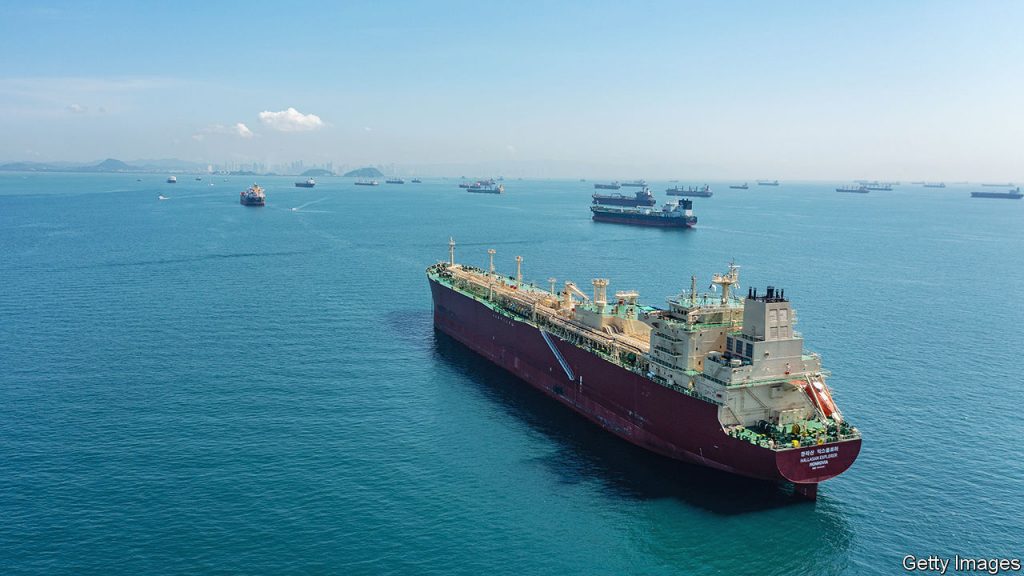Bottlenecks in the global economy: are shipping costs inflating the problem?
When economists mention bottlenecks, they typically refer to points in a supply chain that slow down production. The current state of the global economy is a rather literal illustration of this metaphor. It seems as if someone has put a cork in the Suez and Panama canals.
In normal times, these canals handle approximately 10% and 5% of maritime global trade, respectively. However, the Panama Canal Authority has now limited the number of ships allowed to traverse its channel due to low water levels. Meanwhile, Houthi militants’ attacks on ships in the strait of Bab al-Mandab, a crucial passage from the Indian Ocean to the Suez Canal, have forced some ships traveling between Europe and Asia to take the longer route around Africa instead.
This significant disruption in global trade has made policymakers nervous, especially as the rich world finally appears to be beating inflation. Rising shipping prices from mid-2020 to early 2022 coincided with the inflation surge, and their subsequent fall coincided with its decline. Since the Houthi attacks on ships began in November, prices have jumped once again. According to the Freightos Baltic Index, the cost of shipping a standard container rose by 93% in the week to January 9th. Drewry, a consultancy, notes that for the Shanghai to Rotterdam route, which would usually pass through the Suez Canal, the cost jumped by 114% to $3,577 over a similar period.
However, it is unlikely that a repeat of the pandemic-era inflation will occur. Although the Freightos Baltic Index is rising, it is only at a quarter of the peak reached in 2022. Furthermore, ongoing disruptions may lead to swift changes in shipping rates, especially with annual shipping contracts typically agreed in March.
The inflationary impact of bottlenecks reflects the gap between supply and demand. Economists at the annual meeting of the American Economic Association discussed papers on this topic. According to one presentation by Oleg Itskhoki of the University of California, Los Angeles, price growth as a result of bottlenecks during covid-19 was more persistent in America than elsewhere. Other papers presented at the meeting outlined reasons for this. In countries where governments provided more fiscal stimulus, such as in America, the post-pandemic reopening did less to alleviate supply-chain bottlenecks than in other countries.
While the issues in the Suez and Panama canals resemble recent history, the context is quite different. Rich-world policymakers are no longer attempting to use fiscal and monetary policy to boost demand, and the global economy is no longer trying to adjust to a shift from services to goods, which economists considered another culprit for snarled supply chains.
In a recent S&P survey, respondents were 50% less likely to point to higher demand as a reason for extra costs than the long-run average. As a consequence, business leaders are more relaxed about the current crunch. The world’s great shipping canals may be bottlenecks, but there is not much pressure in the rest of the bottle.
For expert analysis of the biggest stories in economics, finance, and markets, sign up for Money Talks, our weekly subscriber-only newsletter.
Source link















